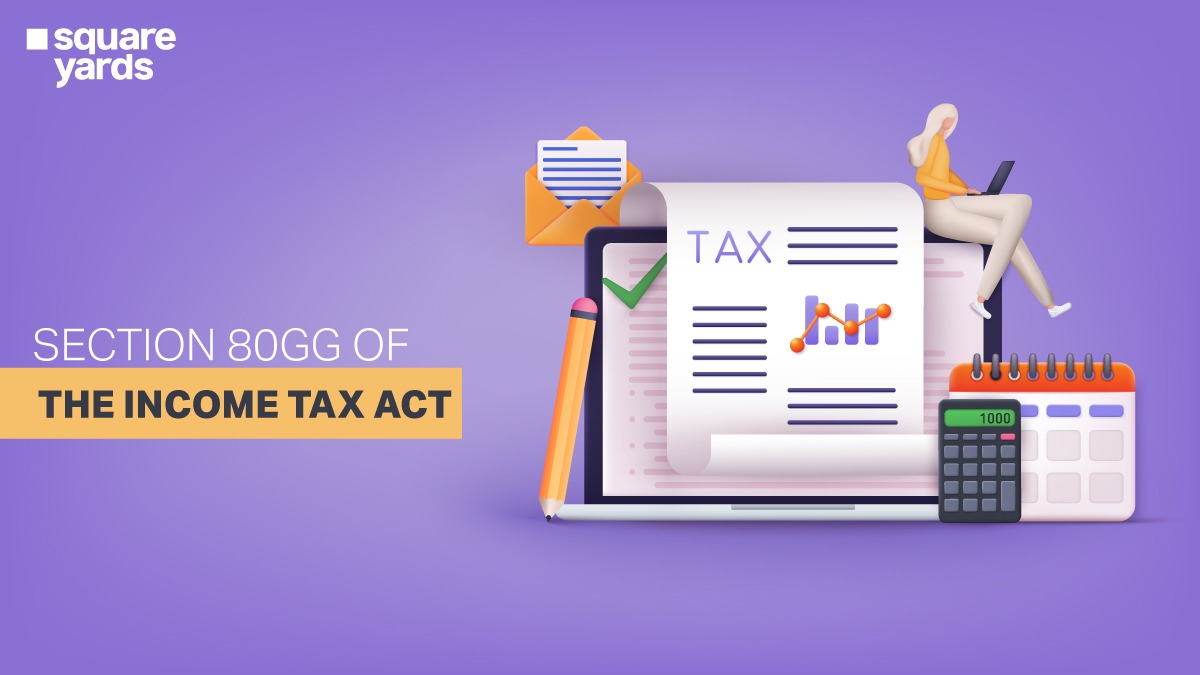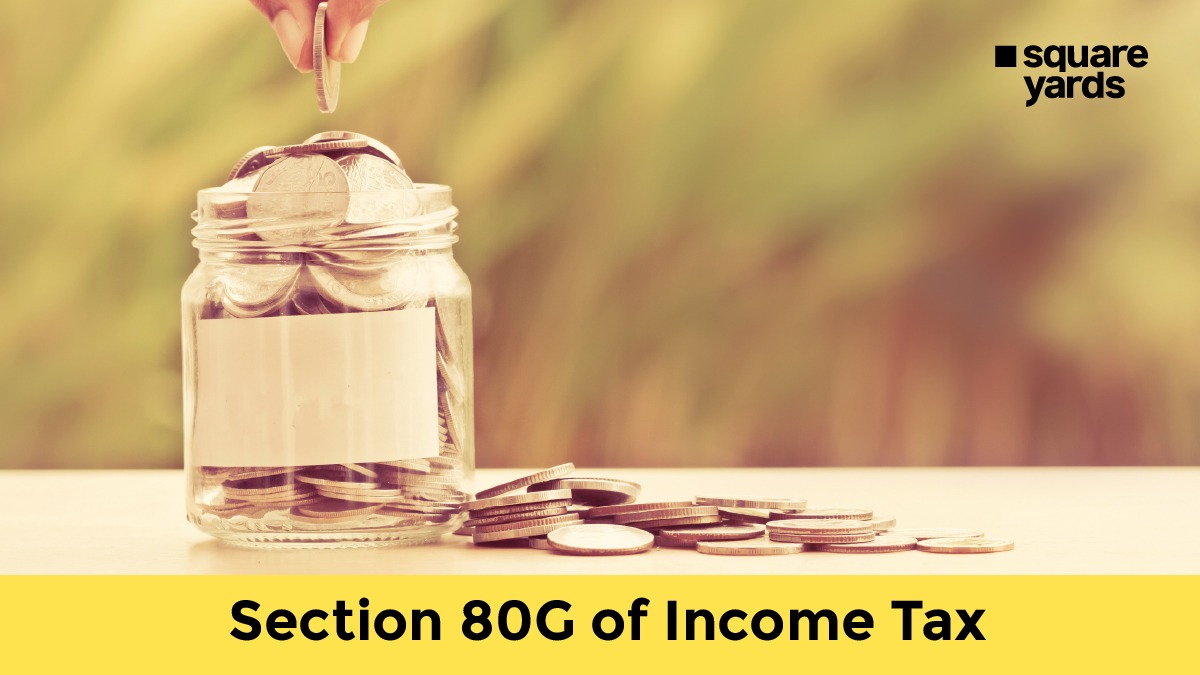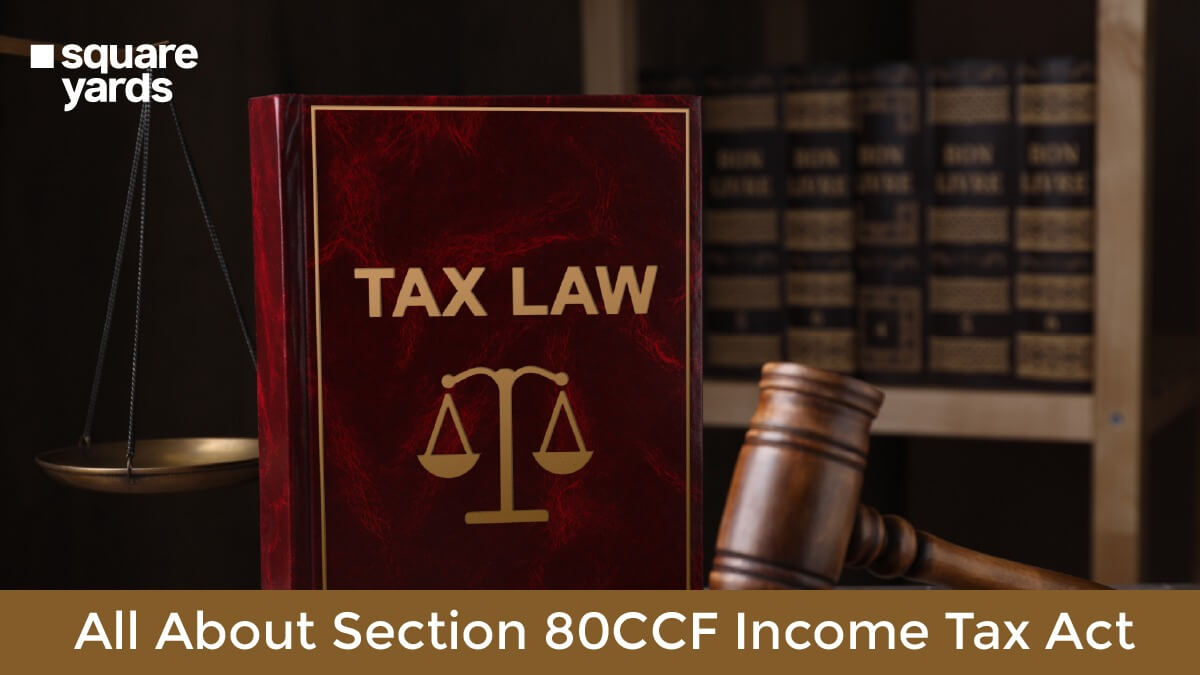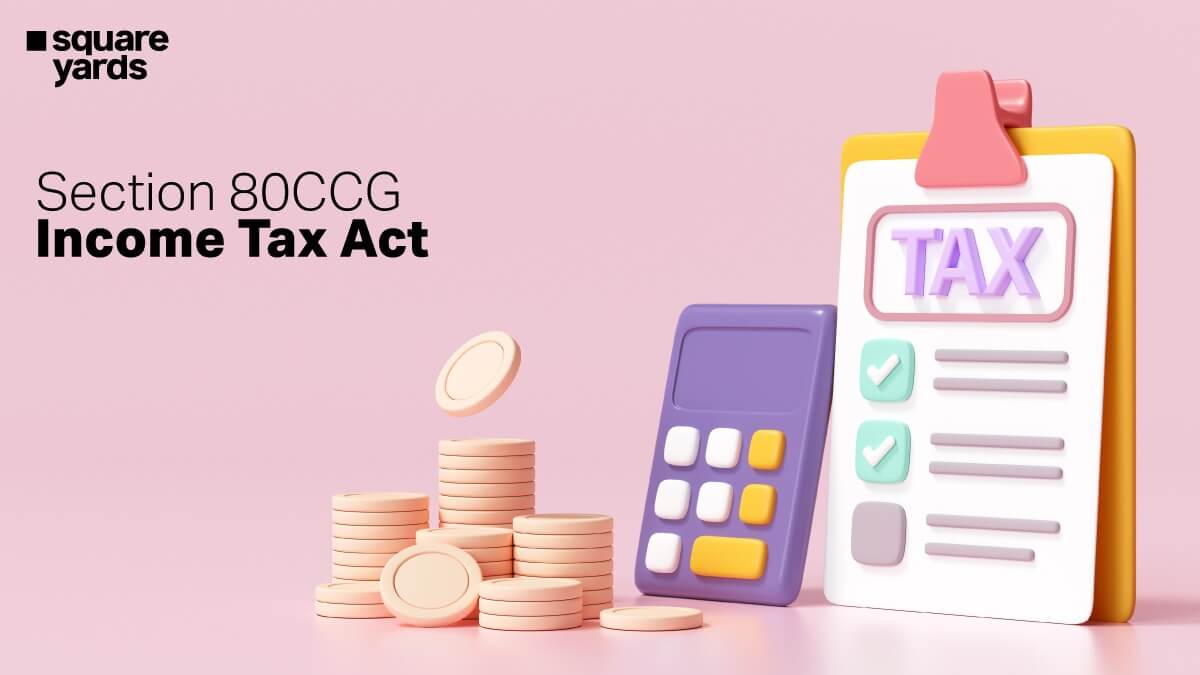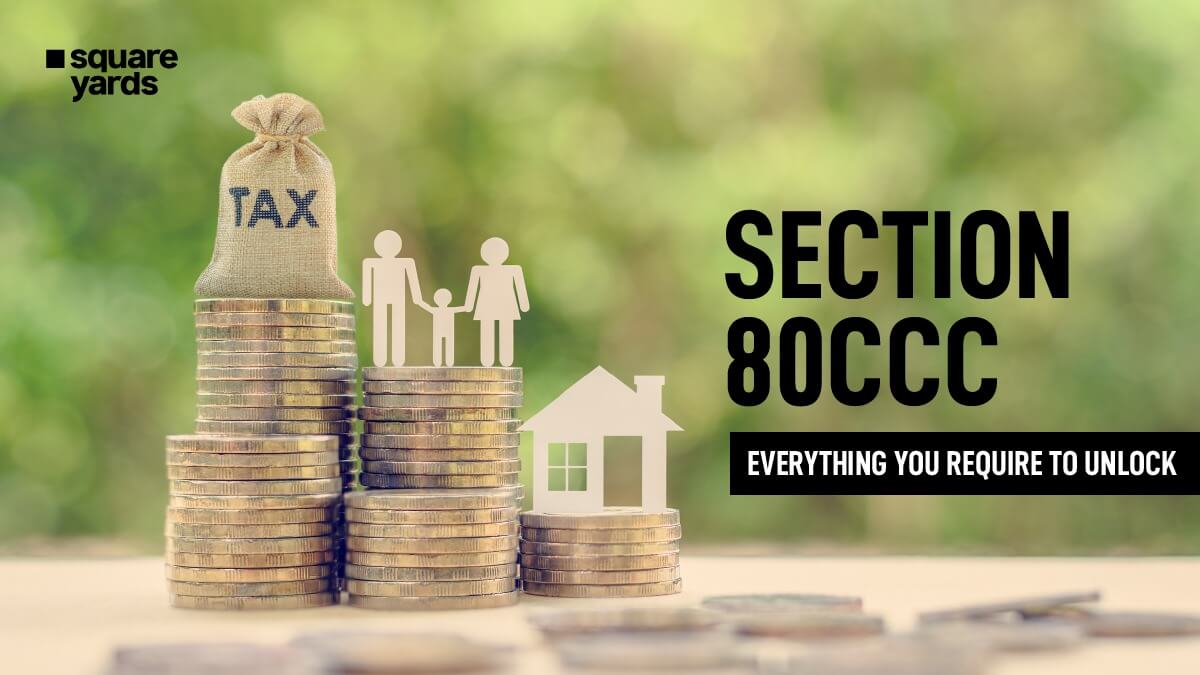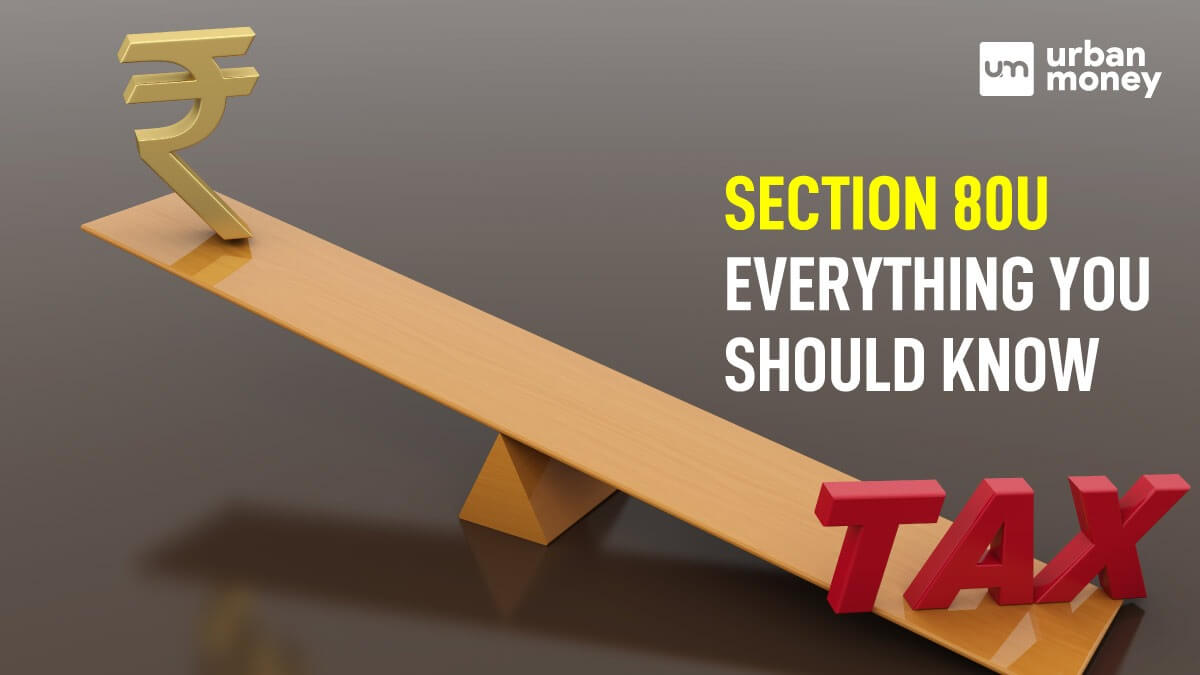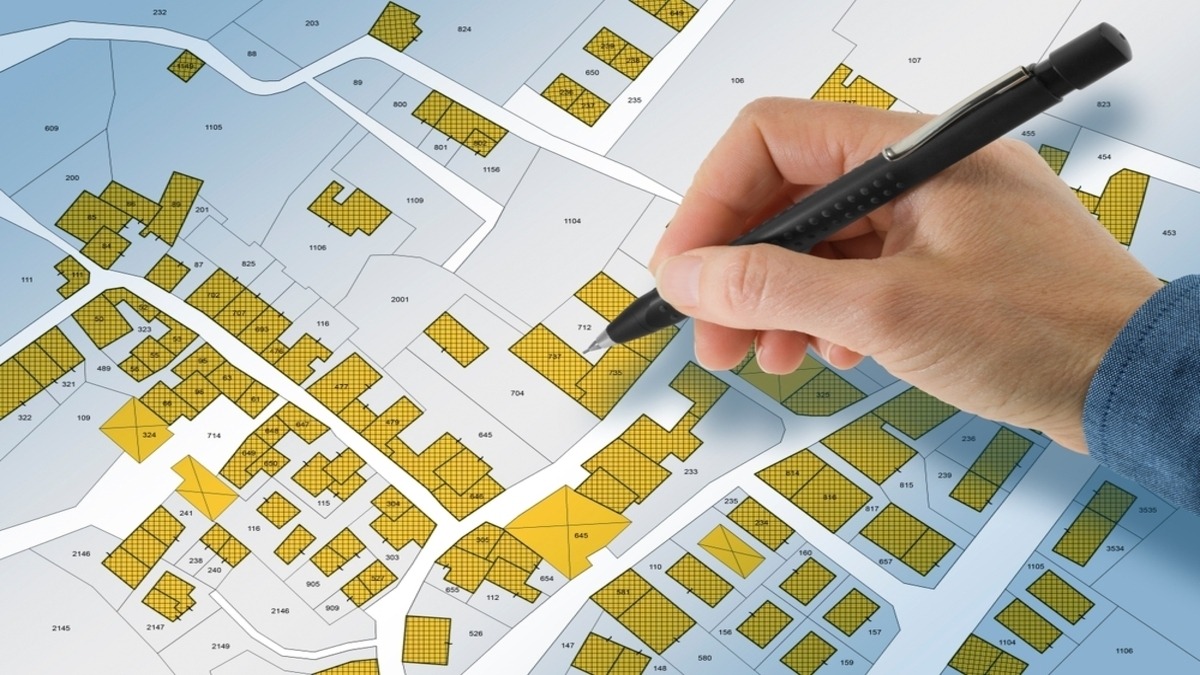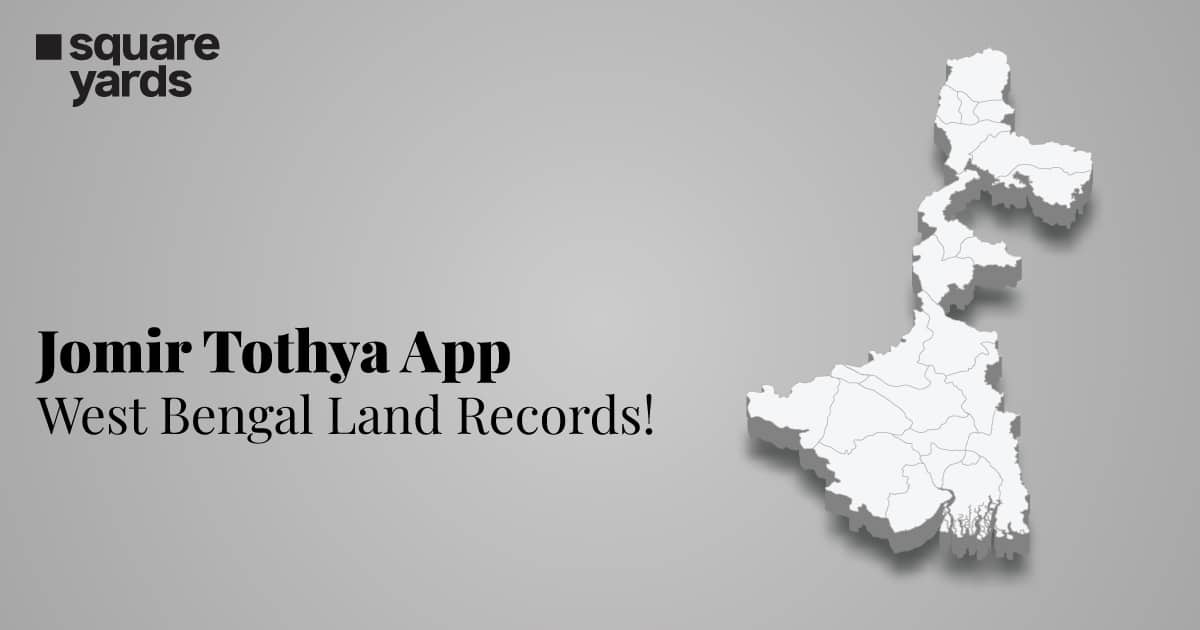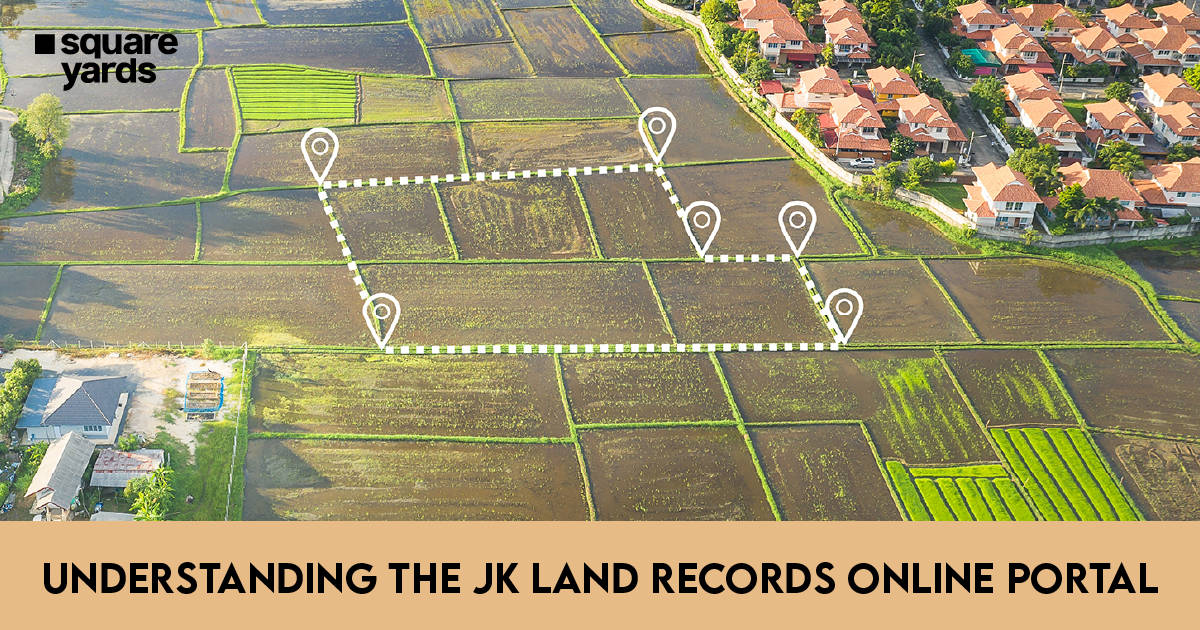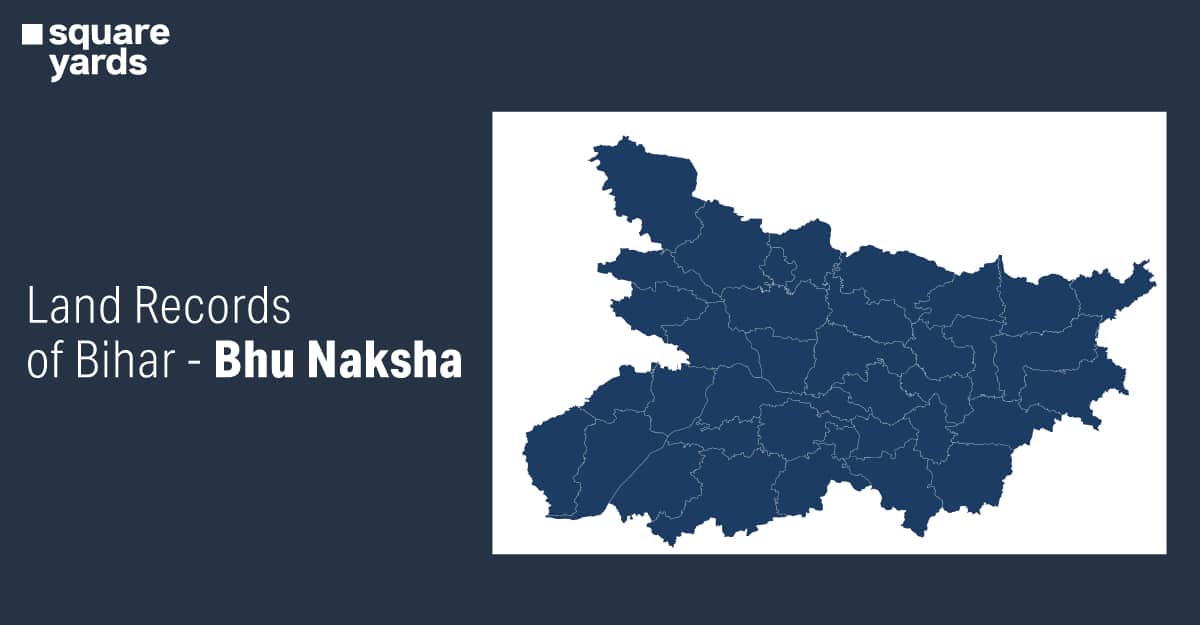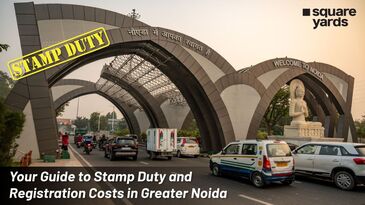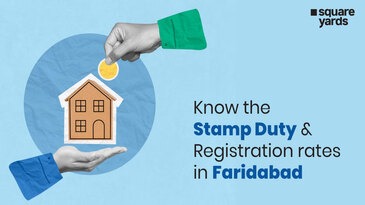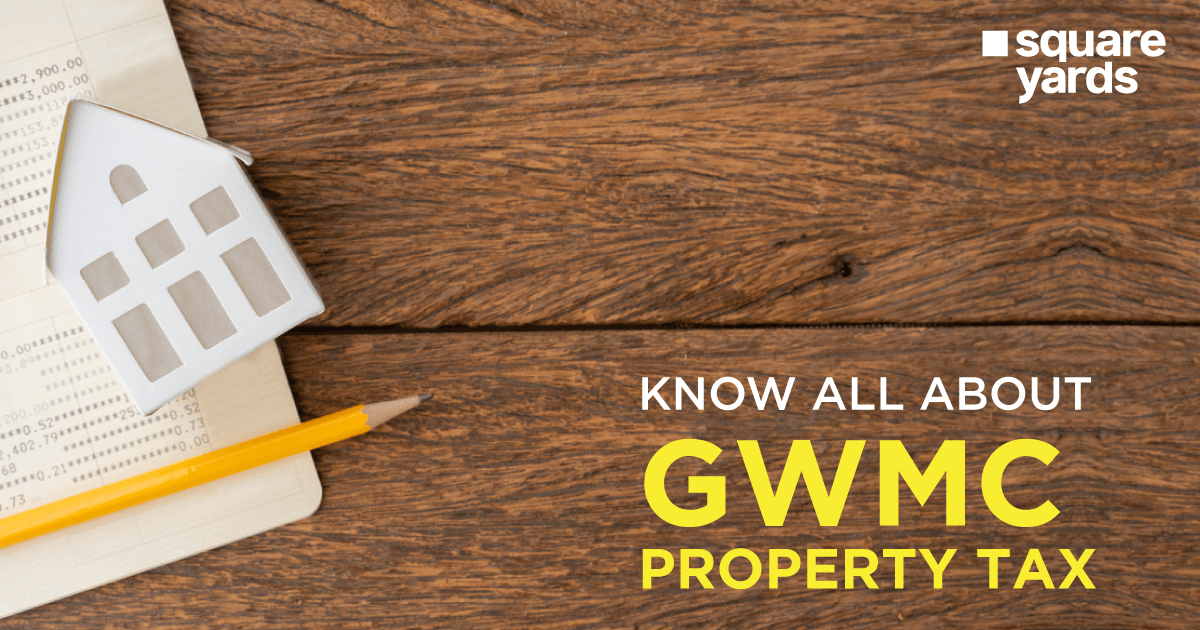While the tax is to be paid by the individual who offers services but when it comes to the taxation under RCM, the Reverse Charge Mechanism, it is the recipient of those services who becomes liable to pay tax. This concept was launched in the past Service Tax Laws and it is used under the GST regime. As per this regime, the Government has announced the supply of some services as well as certain goods to be under RCM. The main idea behind the Reverse Charge Mechanism is to expand the scope for the tax that can be levied on unorganized segments and also, to provide an exemption for specific categories of suppliers of goods and/or services as well as the import of services.
Hence, When it comes to the Reverse Charge Mechanism, the liability to make payment of the tax is pointed towards the recipient who undertakes the supply of goods and/or services and not the provider or supplier in concern with certain sectors of goods and/or services, as maintained in Section 9(3)/ Section 9(4) under the CGST Act, 2017 as well as the sub-section (3)/ sub-section (4) under Section 5 in IGST Act, 2017.
What is a Reverse Charge Mechanism?
Generally, the supplier of goods and/or services is the one who pays the tax on supply. Reverse Charge Mechanism or RCM is when the receiver is liable to make the payment of tax.
When is a Reverse Charge Applicable?
Following are the scenarios in which the reverse charge is applicable-
- In case the registered individual makes the purchase of goods services from the person who is unregistered. It also applies to the composition dealers.
- In case of the supply of certain goods and/or services as notified by the government.
Who Should Pay GST under the RCM?
As per what the provisions of GST law entail, the person who supplies the goods has to mention the tax invoice whether the tax is payable under this provision or not.
Here are the checkpoints which one must keep in mind at the time of making a GST payment under the RCM-
- The recipient of goods and/or services are eligible to avail of the ITC on the tax amount that has been paid under RCM only when/if these goods or services are in the use for practices related to the business or progression of the business.
- A composition dealer has to pay tax at the normal rates while they discharge the liability under RCM. Heshe must not make this payment at the composition rate. Also, they are not eligible to make any claim for an input tax credit of tax that has been paid.
- GST compensation cess can also apply to the tax that is payable or has been paid under the RCM.
Current Status of RCM Under GST
As of now, the reverse charge mechanism applies in service tax for different types of services like Manpower Supply, Insurance agents, Goods Transport Agency, etc. Unlike Service Tax, this provision has no concept of partial reverse charge. The recipient must pay 100% tax on the supply.
As per what used to be there in earlier times, it was challenging to collect service tax from the number of unorganized sectors that were similar to the goods transportation sector. The measure has been mapped in order to bring forth the services in pace with the exciting regime as well as compliances as a result of which the tax collections are hiked via a reverse charge mechanism.
At the moment, the reverse charge mechanism may be applicable for both goods as well as services.
What is the time of supply for goods?
When it comes to reverse charge, the time of supply in case of goods has to be the dates mentioned below at the earliest-
- The date of receipt of goods
- The date of payment for goods
- The date right after 30 days from the date of issuance of an invoice that has been generated by the supplier
In case it is not possible to circumscribe the time of supply, then the time of supply will be the date of entry to be mentioned in the books of account of the recipient.
For instance-
(i) the date of receipt for goods is 15th June 2021
(ii) the date for an invoice is 1st July 2021
(iii) the date of entry in the receiver’s books is 18th June 2021
The time of supply of service, in this case, will be 15th June 2021.
Time of Supply for Services
In case of reverse charge mechanism, the time of supply of services is to be the dates mentioned below at the earliest-
- The date of payment
- The date right after 60 days from the date when the invoice has been issued by the supplier
If you find it difficult to find the time of supply then know that the supply is to be the date of entry in the recipient’s books of account.
For instance-
(i) The date of receipt for goods is 15th June 2021
(ii) The date right after 60 days from the date when the invoice has been issued by the supplier (if the date of the invoice in a case is 5th May 2021, then the date immediately after 60 days from it will be 4th July 2021)
(iii) the date of entry in the receiver’s books is 18th June 2021
In this case, the time of supply for service will be 15th June 2021
RCM in Respect to an Unregistered Person
The GST in regard to the supply of goods and or services or both that have been made to a registered person or buyer by an unregistered supplier must be paid by the buyer on the basis of reverse charge. All the provisions under the GST Act are to be applied to such a person as if he or she is the individual who is liable to pay the tax in respect to the supply of concerning goods and/or services.
Let us understand it this way- suppose an individual owns a small company of paper that is registered following the GST regime. However, a vendor from your team that carries out the supply of glossy paper to your company is not GST-registered. In such a case, the reverse charge will be applicable. This scenario will lead the paper company to pay GST instead of the vendor supplying glossy paper. You should also know that the dealer who is registered under GST has to undertake self-invoicing instead of the vendor who sends the invoice to the company.
RCM in Concern with the Services Through an e-Commerce Website
In case an e-commerce website executes the supplies of any service, then the reverse charge is to be applicable to the operator of e-commerce. For example, if you use any brand that lists out its service vendors like beauticians, then you will be liable to make the payment of GST on the bill, instead of the vendors who pay the same to the brand.
RCM in Concern with the Supply of Specific Goods listed by CBIC
In case you undertake the supply of certain goods that are listed out by the CBIC (Central Board of Indirect Taxes & Customs), then the reverse charge will be applicable here. Some of such goods include betel leaves, cashew nuts, tobacco leaves, silk yarn, and more.
The Mode of Payment of GST under RCM
Section 49 (4) of CGST Act ‘2017 entails that the Input Tax Credit can only be used for payment of output tax. Hence, the tax falling under reverse charge has to be paid via cash only. It has to be carried out without availing the advantages of ITC. Note that the supplier has to mention whether the tax is payable on RC in his tax invoice.
ITC- Input Tax Credit
The service recipient can get the ITC or Input Tax Credit for the amount of tax that has been paid under the reverse charge on goods and/or services. However, there lies one condition here which maintains that the goods and services are to be used or will be used only for business purposes or furtherance of business.
Also, note that in case the composite dealer comes under reverse charge mechanism (RCM) then the dealer will be considered ineligible for making a claim on any credit or tax that has been paid. The tax is to be paid at the usual rates applicable and not as per the composition rates.
Registration Requirement under RCM
Section 24 of CGST Act ‘2017 entails that an individual who is paying tax under the RCM or reverse charge mechanism has to get registered compulsorily. It is to be done even if the turnover falls below the threshold limit.
GST Compensation Cess Applicability
GST Compensation Cess is to be applicable on tax that has been paid under the reverse charge mechanism. The agenda behind the same is to provide compensation to the States for the loss of revenue they bore upon the implementation of GST. This practice is to be applicable from the date of GST implementation for 5 years.
Invoicing under Reverse Charge Mechanism
Under the reverse charge mechanism, the recipient or buyer of the goods or services issues an invoice on receipt of goods or services from the supplier. Further, they shall issue a payment voucher at the time of making payment to the supplier. A registered recipient or the buyer can issue a consolidated invoice at the end of a month for supplies if the aggregate value of such supplies exceeds INR 5,000 in a day.
What is Self-Invoicing?
Self-invoicing refers to a commercial arrangement wherein the customer makes the invoice and he or she sends it to the vendor or the supplier who is providing the goods every month. Now, that does not necessarily mean that the vendor becomes liable to make payment of the amount on the invoice. The customer is the one who still pays it, given that he or she has their business registered under GST. The customer has to mention his or her GST number on the invoice. Apart from that, you must know that it is not against the law to not carry a GST number.
As per current tax laws in the country, businesses that draw turnover from the selling of goods for less than Rs. 40 lakh do not have to get themselves registered under GST. However, the threshold limit will still be Rs. 20 lacs in the case of the service providers. This is to be an exemption that has been created by the Indian Government in order to enable new businesses as well as startups to achieve their goals. Also, note that the threshold in case of the GST registration in India used to be at Rs 20 lacs preceding to the 31st of March 2019. This limit is still applicable in the state of Kerala and Telangana.
Therefore, you are in association with a vendor who does not have a GST number, then you will not be required to spend time thinking about whether it is illegal or not. Besides that, you need to make sure that you are aware of what tax rate you will be subject to in case of your goods and services. You can get GST exclusive and inclusive rates for goods and services with a GST calculator.
Things to Keep in Mind
Now that are equipped with the must-knows of RCM, here are the few important checkpoints to keep in mind-
- Goods and services that are notified under section 9(3) or (4) have to have the person registered under GST.
- The GST that is applicable has to be submitted to the government on the 20th of every next month under the RCM or reverse charge mechanism.
- The ITC, input tax credit, is to be available for all the goods and services under RCM that have been used for the furtherance of business as per the GST that has been paid. Besides that, the service acquiring individual, the one who also pays reverse charge can enjoy the advantages of an input tax credit.
- There is to be no auto-population of the information related to the GST that has been paid under the RCM in Form GSTR 2. However, it is subject to the manual filing of details.
- Wherever the reverse charge mechanism is applicable, the invoice has to be oriented by the recipient while the invoices with the consolidated purchases must be issued on a regular basis.
- A payment voucher is to be issued by the recipient at the period of time of supplier payment.
- The input tax credit is not available to the authority for the reverse charge payment.
- The registered individuals under the composition scheme come under the reverse charge concept, and there will be no RCM credit be availed.
- The reverse charge mechanism also applies to the payments that have been made in advance.
YOU MAY ALSO LIKE
Frequently Asked Questions (FAQ)
What is the importance of a Reverse charge mechanism?
The reverse charge mechanism helps to eliminate the freight of tax compliance from the head of small enterprises who have limited resources and transfers the same to the organisations operating on a large scale with sufficient resources. It aims for the small businesses working in India to become more organized and keep in pace with tax regulations.
How is the reverse charge mechanism calculated?
There is not really a uniform way to calculate the Reverse charge mechanism. The fact is that RCM calculation depends on the list of varying supplies of goods and services.
Is it mandatory to pay RCM?
Any person who is paying tax under the RCM or reverse charge mechanism has to mandatorily get registered. This condition applies even in the case when the turnover falls below the threshold limit. This compliance is specified as Registration Requirement under RCM, under Section 24 of CGST Act 2017.
What happens when you do not pay Reverse Charge?
Any offender who fails to make the tax payment or who commences payments less than the required amount has to pay a penalty of 10% of the total amount of tax due. This penalty is subject to a minimum amount of Rs 10,000. For instance, you have not paid the tax, then you will have to bear the minimum penalty of Rs 10,000. The maximum penalty for RCM is 10% of the tax amount that is unpaid.
Can I claim the ITC on RCM in the same month?
Taxpayers can raise a claim for the Input Tax Credit on Reverse Charge Mechanism within the same month when they have made the GST payment under RCM.






